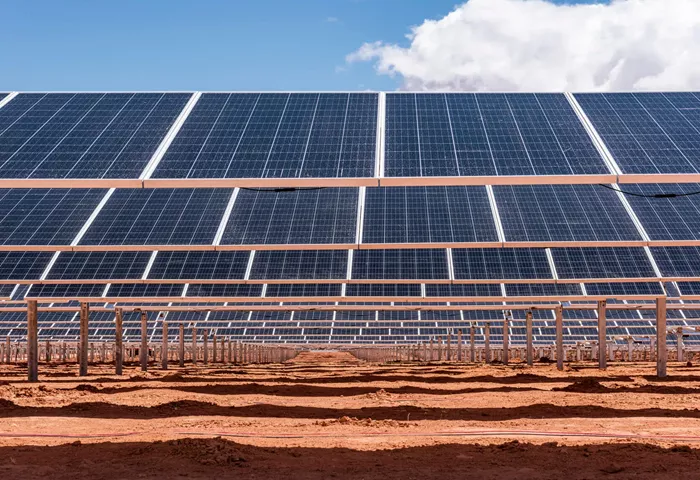The International Energy Agency (IEA) has issued a new report emphasizing the critical need for government action, enhanced infrastructure, and regulatory reforms to achieve large-scale integration of variable solar photovoltaic (PV) and wind energy.
The report serves as a comprehensive assessment of efforts to integrate renewable energy across 50 power systems, which collectively account for nearly 90% of global solar PV and wind power generation. It highlights that systems in the early stages of integration can accelerate deployment with minimal impact, while those at advanced phases face complex challenges related to stability and flexibility.
Keisuke Sadamori, IEA’s Director of Energy Markets and Security, noted that the world has witnessed a significant increase in solar and wind capacity—more than doubling between 2018 and 2023—as nations strive to enhance energy security and reduce emissions. However, he warned that without stronger integration support, the full benefits of these technologies may not be realized. “As global experience grows, so does our understanding of how to maintain secure clean energy transitions,” he said.
Current State of Variable Renewable Energy
The report reveals that most current growth in variable renewable generation is happening in systems classified as low phases of integration (Phases 1 to 3). These systems, primarily in emerging markets and developing economies such as India and Brazil, experience relatively low impacts from increased solar and wind generation. Challenges can often be addressed through improvements to existing assets and operational flexibility.
Measures to enhance integration include optimizing dispatch processes, improving forecasting, increasing flexibility from both conventional and renewable power plants, enabling industrial demand response, and upgrading grid infrastructure.
Advanced Integration Challenges
For systems that have advanced to Phase 4 or higher—where variable renewable energy constitutes up to 75% of generation, such as those in Denmark, Ireland, South Australia, and Spain—existing technological solutions are available to address stability and flexibility challenges. These solutions include modern converter controls and battery energy storage systems. However, successful implementation often depends on appropriate policy and regulatory frameworks rather than solely on technological advances.
In Phases 6 and beyond, while viable technologies exist, their widespread application remains limited, necessitating further testing and economic incentives for deployment. The report stresses that integrating high shares of variable renewables requires a fundamental shift in how power systems are operated, planned, and financed.
Looking Ahead
The IEA report warns that despite significant strides made by pioneering systems, the rapid growth of variable renewable energy in the next decade is likely to unveil new integration challenges. These could arise from leading systems achieving unprecedented levels of variable renewables or from systems with unique local conditions requiring innovative solutions.
By 2030, additional systems in countries like Australia, Japan, Italy, and Brazil are expected to reach Phase 4 or higher. Continued focus on developing integration measures and sharing effective policies, regulatory frameworks, and market design elements will be essential.
Nevertheless, several key issues remain unresolved for power systems with very high variable renewable penetration, including seasonal variability, the operation of systems reliant on converter-based resources, ensuring investment profitability amid price volatility, and appropriately valuing flexibility in the system.
The IEA concludes that overcoming these challenges will require ongoing innovation, collaboration, and commitment from policymakers, technology leaders, and researchers worldwide.
Related topics:
- BlueFloat Energy and Dajin Heavy Industry Join Forces to Innovate Offshore Wind Technology
- MTA Unveils Innovative Truck Antennas at IAA Transportation 2024
- FPT Industrial Unveils Innovative N67 Hythane Engine at IAA Transportation 2024

